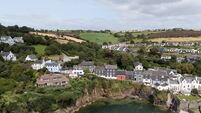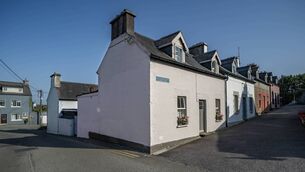New book takes a look at the life and times of the aristocracy in the Georgian houses of Ireland
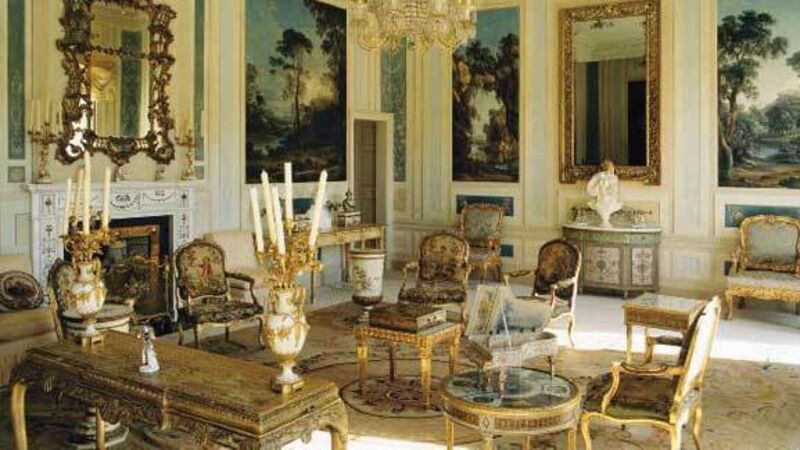
In Life in the Country House in Georgian Ireland, soon to be published by Yale University Press, architectural historian Patricia McCarthy takes readers into their world, explaining how and why they designed their homes the way they did, how they adorned them with the accoutrements of the rococco era, and what it was that made these houses, despite foreign influences, typically Irish.
And Irish they definitely were.
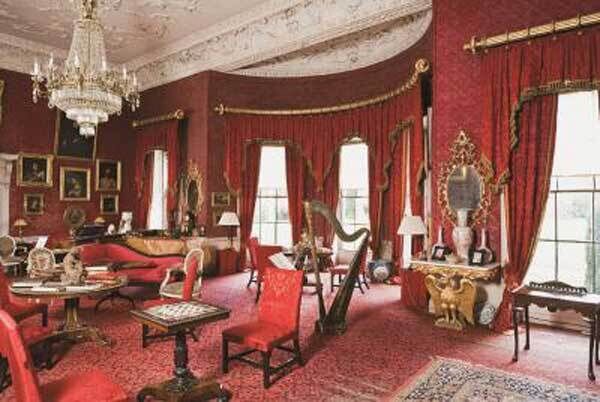
The ascendancy in Ireland were different from their English counterparts: grand entrance halls were used for jigs and reels, turf fires were kept burning in hearths in an ongoing war against damp, enormous oak tables dominated dining rooms, and housemaids were expected to sleep in the beds of guests for up to a week prior to their arrival to warm the sheets.
The Georgian Irish built their houses in an eclectic, less academic manner than the English nobility, furnishing them as they saw fit, creating a world influenced by the latest styles but never bending the knee to fashion from abroad.

Today, the remains of that world exist in the houses which still stand, houses which may now be five-star hotels and golf resorts; and in black and white photographs of great halls and picture galleries, long since fallen to ruin.
McCarthy had to dig deep to reconstruct the Georgian world: financial documents, probate reports, original house plans, private letters, and even the novels of Maria Edgeworth, all helped to fill in gaps in the story of Ireland’s gilded age.
The story began with the construction of Castletown House in 1722.
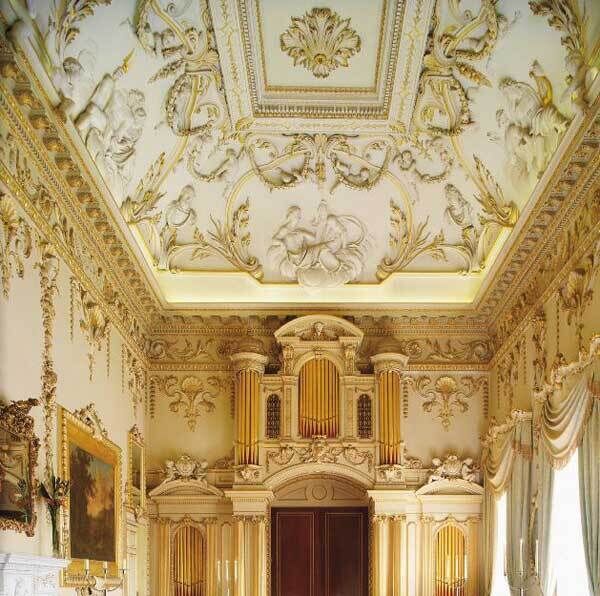
The County Kildare home of William Connolly, Ireland’s richest man and a celebrity of his day, was designed by the Italian master Allesandro Galilei, while the building work was supervised by Sir Edward Lovett Pearce who had just returned from the Grand Tour, his mind brimming over with classical details — lintels, portals, columns, greek orders, and above all, symmetry.
Castletown ushered in a new age of Irish architecture, but while the stylebook may have been Palladio’s Quattro Libri the practicalities were purely domestic: Palladianism — with some adjustments — suited Ireland’s landowners. At the ends of the curving colonnades one wing could house the staff; the other the stables.

With both servants and horses suitably distant from the main house, the other problem was the Irish climate — porticos dripped water in the incessant Irish rain and blocked light from entrance halls, so the porte corchère later became the entrance of choice, large enough for a carriage to pull in and allow passengers alight without getting wet.
According to McCarthy, it was ‘the mark of a gentleman to be acquainted with architecture’, one of those gentlemen was the Earl of Kildare, whose country residence, Carton House, and his Dublin home, Leinster House, surpassed all others.
Families travelled between Dublin and their country seats two or three times a year. The capital was the place to be prior to the Act of Union when Parliament was sitting, the social whirl was there to be enjoyed; the country was for shooting expeditions, family events, and Christmas.
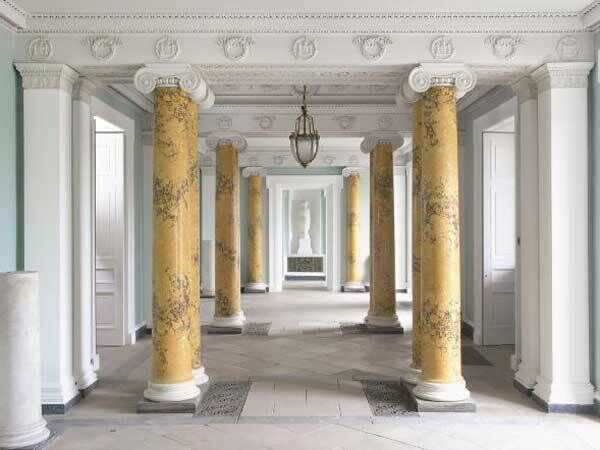
After the dissolution of the Irish Parliament some families went as far as London. In the early 19th century the Hamiltons travelled from their home at Baronscourt, Co Tyrone, to London, with 33 servants and outriders.
The magnificent houses in which the aristocracy had invested so much stood empty for much of the year.
And magnificent they were.
Visitors first encountered the entrance hall with grand stairs of which the spectacular in the country was Townley Hall in Co Louth, regarded as the masterpiece of Frances Johnston, where a spiral stairway curled upwards under a light-filled rotunda.
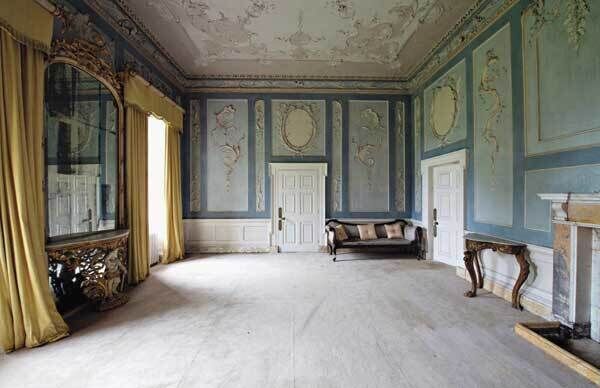
In Irish houses, as opposed to their English counterparts, entrance halls had multiple functions — local fiddlers and pipers were often invited in to perform on special occasions.
Patricia McCarthy leads a tour, room by room, through the Georgian country house: the multi-purpose parlour, which could be used for breakfast or as a ‘morning room’, such as at Emo Court, where the family would gather before setting about their business for the day.
The dining room, with mahogany or oak table, was the centrepiece of many an Irish house, possibly even before their English equivalents — there are references to ‘dyning’ rooms in Irish castles as early as the 1630s.

Here, the servants, often behind large wooden screens to conceal them from the diners, busied themselves among relatively featureless walls.
The most ornate room, the one in which the family displayed its prized possessions, was the ‘withdrawing room’, a haven to retire after dinner as the servants cleared the table.
Ornate goldwork, stucco ceilings, and sometimes murals by Italian masters allowed for a display of wealth.

The drawing room at Lyons in Co. Kildare is an Irish rococco masterpiece, its Italianate landscapes by Gaspare Gabrielli among the finest in these islands. Pianos and walnut card tables began to appear in the later 18th century.
Family rooms were areas of privacy. ‘Lesser chairs’, usually upholstered, were common; mirrors were functional rather than ornate; furniture was made of deal.
Families were not without bawdy humour — chamber pots were sold with the face of English aristocrat Richard Twiss on the bottom, after he made unflattering remarks during his tour of Ireland, but technology soon advanced and the water closet appeared in the early 19th century.
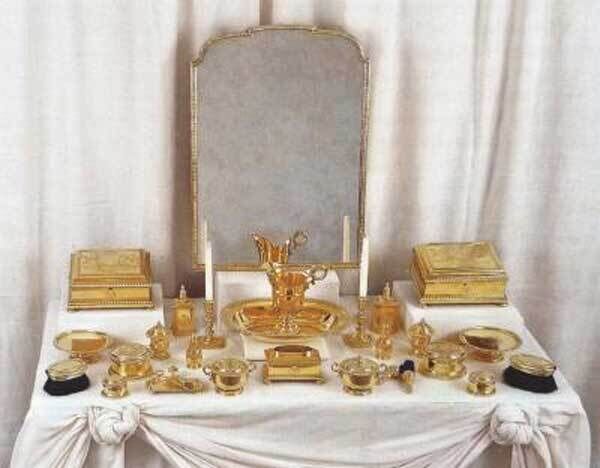
Early examples were far from perfect and there are records of ‘stinks all over the house’.
Patricia McCarthy opens a door on a gilded Irish age. Life in the Country House in Georgian Ireland is a magisterial, beautifully-illustrated and elegantly-written examination of the Irish of the big house in the decades before and after the Act of Union.



